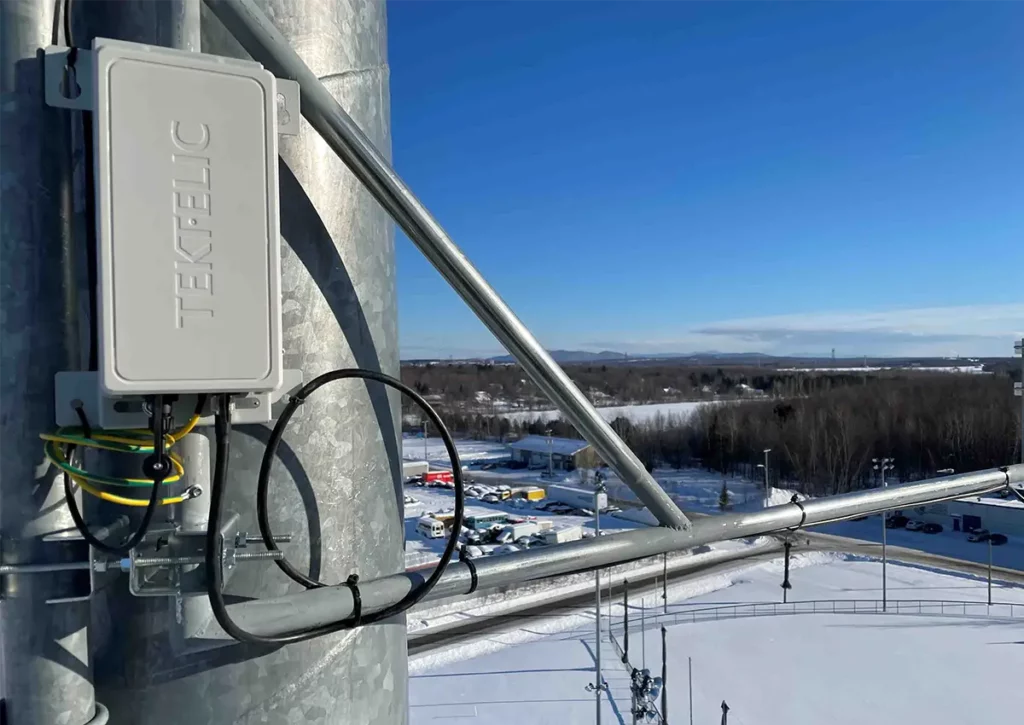Carrier-grade communications systems are designed with the operator’s specific requirements in mind. This requires a greater upfront development cost and experience but can provide more reliable performance and higher availability over time. They are crafted with multiple diversified power sources, backups and failover capacity, redundant fiber and microwave paths, environmentally hardened devices, and more. They are engineered to perform to a very high level and support 24/7 maintenance.
Scalability
Scalability is the ability of a hardware or software solution to function well in a larger volume, whether that is more users, storage space, or a maximum number of transactions handled. It also means the system can quickly return to a lighter workload without losing functionality.
According to experts in carrier grade communications systems Durham NC, a scalable solution must be easy to install and maintain and offer fast access to performance monitoring for preventative maintenance. This eliminates unplanned downtime due to the need for network upgrades and allows for rapid response to unforeseen failures.
Often, only systems successfully tested and proven within a live carrier network can be considered to meet carrier-grade requirements. If you’re interested in a risk-free, battle-proven solution that can credibly claim the title of carrier-grade, ask your technology provider for proof through extensive live network testing with tier-1 carriers. It’s the best way to make sure the product will be able to meet your needs.
Redundancy
Carrier-grade systems must have high levels of redundancy, meaning multiple hardware components are duplicated and can step in when one fails. This system ensures that no single failure will have a devastating impact on overall performance. For example, hard drives have a form of redundancy whereby data is copied regularly to a secondary drive. If the primary drive fails, the secondary drive will take over without losing any of the data produced since the last backup.
In utility systems, high-level redundancy is designed into power networks to prevent the loss of essential services and keep communities safe. This includes the communications systems that connect to utility-grade power networks, which are often considered part of utilities’ critical infrastructure alongside substations, transmission lines, and transformers.
Security
The Christmas 2020 bombing of a major telecommunications center illustrated the importance of redundancy and robust security for utilities. This disaster should serve as a wake-up call for utilities to examine their current design considerations and network vulnerabilities.
Another essential requirement of carrier-grade systems is reliability. Networks must be free from jitter and lag, which can interfere with voice and video transmission and make them unusable. They must also have quality service features that ensure real-time traffic receives priority over non-real-time traffic.
Lastly, carrier-grade communications systems must be secure from DoS attacks, break-ins, ID theft attempts, and viruses. This means they must have advanced encryption technologies and be protected by a powerful firewall from hackers.
Management
Carrier-grade systems must be able to handle all kinds of failures, including natural disasters. They also have to be able to scale up quickly. To meet these requirements, carrier-grade networks must have excellent network reliability and quality of service. In addition to high availability, they must be secure against viruses and attacks.
Carrier-grade hardware is characterized by its five significant attributes: high network availability (so-called “five nines”), service/quality of experience, performance and efficiency, security, and scalability. While many different kinds of networks can be considered carrier-grade, some of the most important ones are those used by telecommunications providers.
When choosing a networking solution for your telecom network, ensuring the vendor has validated their technology with live network experience is essential.

